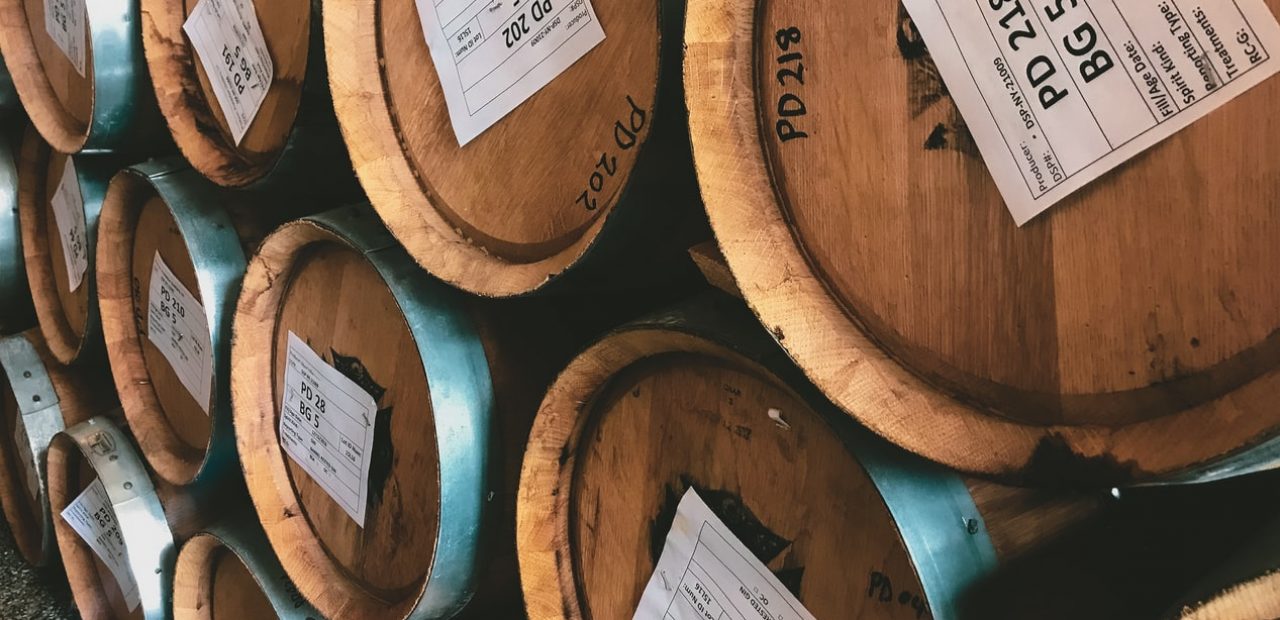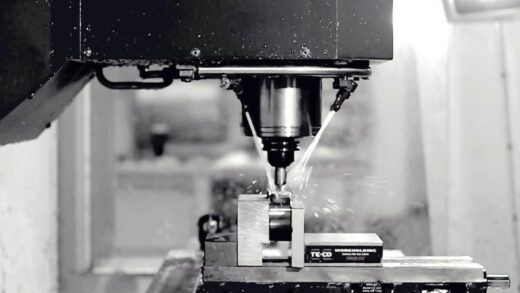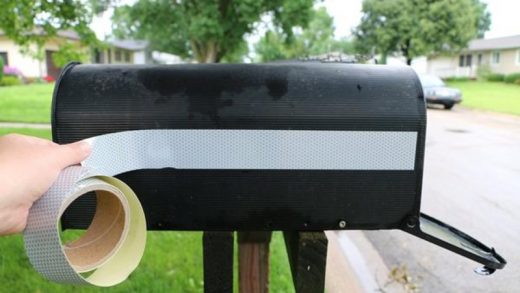Distillery Kits: Beginners Guide to Making Your Own Spirit
Making alcoholic beverages at home has been around for almost as long as we humans have existed. Making your own alcohol at home involves multiple processes such as distilling, which is the process of separating liquid made of two or more components into smaller parts by adding and removing heat from the mixture. You may ask, “Why don’t you just ferment a spirit to a higher ABV?”. Well, it’s because the yeast is what makes all the sugars needed to create alcohol as well as CO2. If you want to make a high ABV spirit though, you’ll need to separate the alcohol from the water and this is done by both evaporation and condensation. This is what distilling essentially is, as leaving the alcohol in the water won’t give you a high ABV count, simply because the yeast will feast on it. No matter whether it’s vodka or whisky, you can make it at home with the help of a few pieces of equipment.
Contents
Is Home Distilling Legal in Australia?
Distilling spirits at home is perfectly legal in Australia, as long as you have a license for it. You can keep the spirit too, but you’ll have to pay tax for it, even if it’s for personal consumption only. A license will also require you to have the proper equipment and a spirit distillery kit to ensure you meet hygienic standards that allow for germ-free and safe drinking afterwards.
Types of Distilling Processes
Alembic (Pot)
With a spirit brewing kit, the distilling process is a lot easier. But just like there are different kinds of spirits, there are also different methods of distilling. The first method, which was also used in alchemy, is known as pot distilling, or alembic distilling. This method involves a big vessel with the shape of a kettle being used for the primary fermented liquid. The kettle is heated up and as a result, the ethanol evaporates before the water does. Then, the water travels into a cooling tube to a different vessel where it condenses.
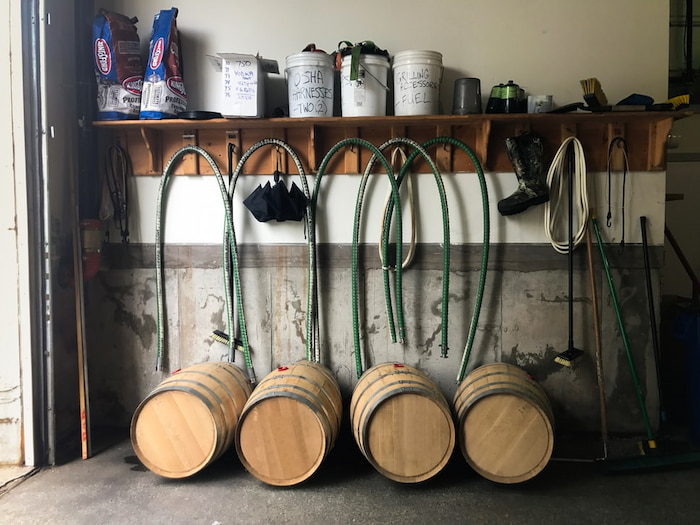
source: unsplash
Column
Column distilling is quite similar to pot distilling. In fact, it’s based on it, except it’s a faster process that involves big gleaming columns, sometimes multiple stories high. The mash in this process is injected into the column continuously and the steam is kept at the perfect temperature throughout the process so there are no undesired compounds left when the ethanol evaporates. In other words, this process doesn’t require cleaning between batches, and you get more neutral high ABV spirits as a result.
How to Distil Spirits With a Kit
Cooking
The base of your batch is what determines the type of spirit you’ll end up with. Once you determine your base (corn, rye, barley, wheat and so on) make sure to get the appropriate spirit distillery kit. This will ensure that you have the right equipment to distil the base of your spirit. Follow the instruction provided with the kit to ensure that you cook your base the right way and then proceed to ferment it.
Fermentation
To ferment the cooked base (mash or wash), you usually need to pour the mashed base (fruit) into the barrel, and then attach the fermentation lock to it. Yeast, acid and pectinase are typically added before putting on the fermentation lock to the barrel. Then, based on the spirit you’re making you’ll need to store the mash for a certain amount of time depending on the mash grade.
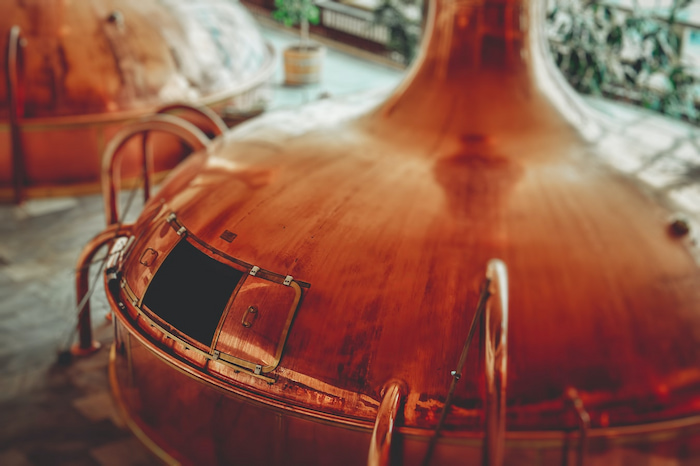
source: unsplash.com
Distillation
Distilling spirits is usually done by heating up the mash unfiltered at a certain temperature depending on the type of spirit you want to make. The temperature and timeframe will be stated on the instruction that came with your spirit making kit. If your mash contains less than 10% ABV alcohol, you’ll need to distil it twice. If contains more than 10% ABV though, you’ll need to distil it only once. High-grade mash needs to sit for at least 6 months before you dilute and bottle it. If you don’t have high-grade mash you can dilute the alcohol whenever you want.
Diluting
When the alcohol has been distilled alongside the other compounds, it is time to dilute it. You can’t just bottle it as it is, as it’s going to be too strong. There are two options you can go with here – you can either dilute the alcohol right after distilling it or after you’ve stored it. Diluting it after you’ve distilled the alcohol is recommended unless you’re going to store your spirit in wooden caskets.
This is due to the fact that some amount of alcohol will evaporate through the cask’s walls and thus, alter the taste and strength of your spirit. Regardless, no matter whether you dilute the alcohol after storage or after distillation, you should never store it in plastic containers. Why? Well, because alcohol can eat away the plastic, no matter how strong it is. And in the case of hard liquor, it is going to be quite strong, which is why you should use glass, ceramic or stainless steel bottles instead.
Types of Spirits
Vodka
Although you can find many different homebrew spirits, there are six spirits that are the foundation for every other spirit on the market. Vodka is one of them and it is derived (distilled) from either neutral grains such as corn and wheat or potatoes. You can also find vodka distilled from grapes and beets. With a neutral flavour profile vodka usually has between 30 to 50% ABV.
Whisky
Probably the most beloved spirit worldwide, whisky is distilled from malted grains such as barley, rye, corn, and wheat. The ABV content of whisky varies from 40 to 50% while its flavour profile has oak undertones with a roasted base. Each style of whisky has distinctive characteristics.
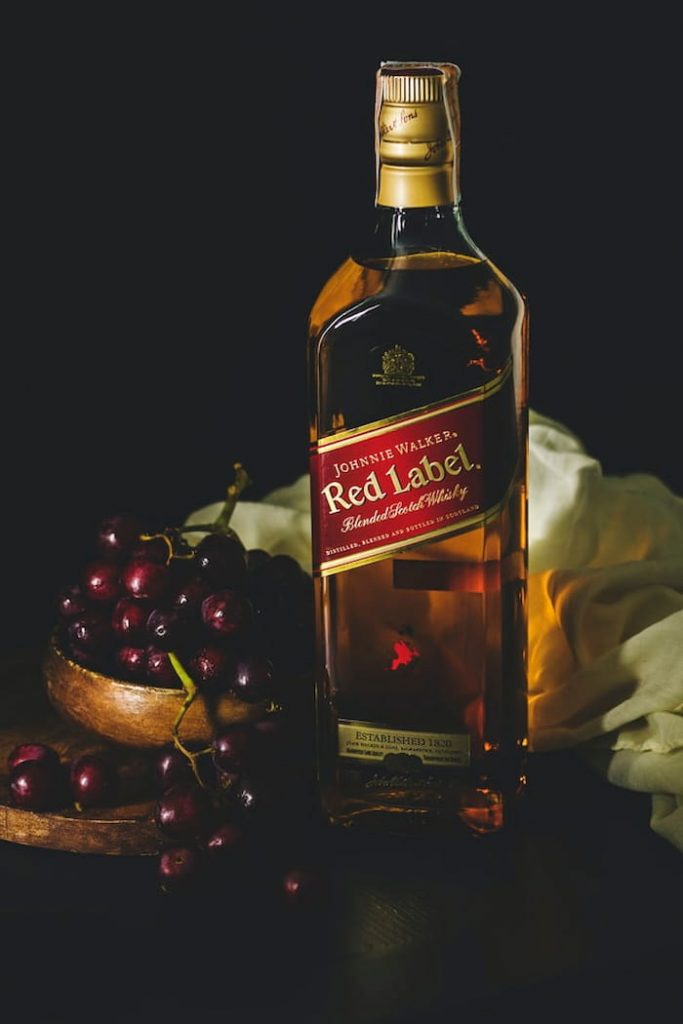
source: unsplash.com
Tequila
Produced mainly in Mexico, the agave distilled spirit tequila has vegetal and spicy tones mixed in with semi-sweet tones. There are many different styles of tequila such as Anejo, Blanco, Reposado, Gold and more. The alcoholic content of tequila is the same as the one of whisky, varying from 40 to 50%.
Brandy
If you enjoy the taste of wine, but also want to enjoy it in a spirit, then brandy is your best friend. Distilled from fruit such as apricot, cherry, grapes, apples, or peach, the flavour profile of brandy is fruity with a tone of burnt wine to it. The ABV content of Brandy is around 40%.
Rum
If you’re after something sweet to satisfy your tastebuds, consider rum. Distilled entirely from either sugar cane or molasses, rum has a flavour profile that is sweet, yet toasted. Like brandy, rum has a 40% ABV but overproof rums can reach up to 70% ABV.
Gin
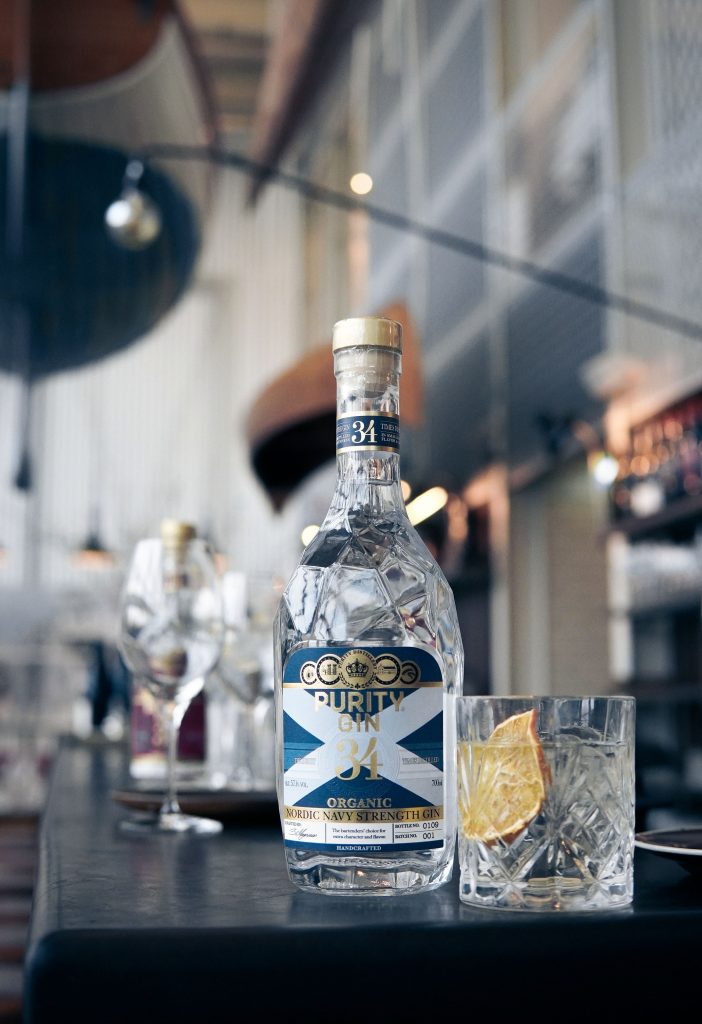
source: squaremeal.co.uk
With a piney aroma and taste, gin is the spirit to include in a cocktail due to this rather dry primary flavour. Gin is distilled from neutral grains like wheat, rye, corn, barley and flavoured with botanicals. Usually, the alcoholic content of gin starts at 40% and goes up to 47%.

